The baby should eat supplementary food at the age of six months. In order to supplement food, mothers also broke their hearts. In addition to changing patterns every day, they also had to think about how to do the best to keep nutrition.
Vegetables are an important part of the baby’s diet, but if the way vegetables are made is wrong, nutrition may be lost in vain.
Today, nutritionist Zheng Feifei will take stock of the five mistakes in making vegetables for your baby to see if you have made any of these mistakes.
Myth 1: The dishes should be cooked rotten.
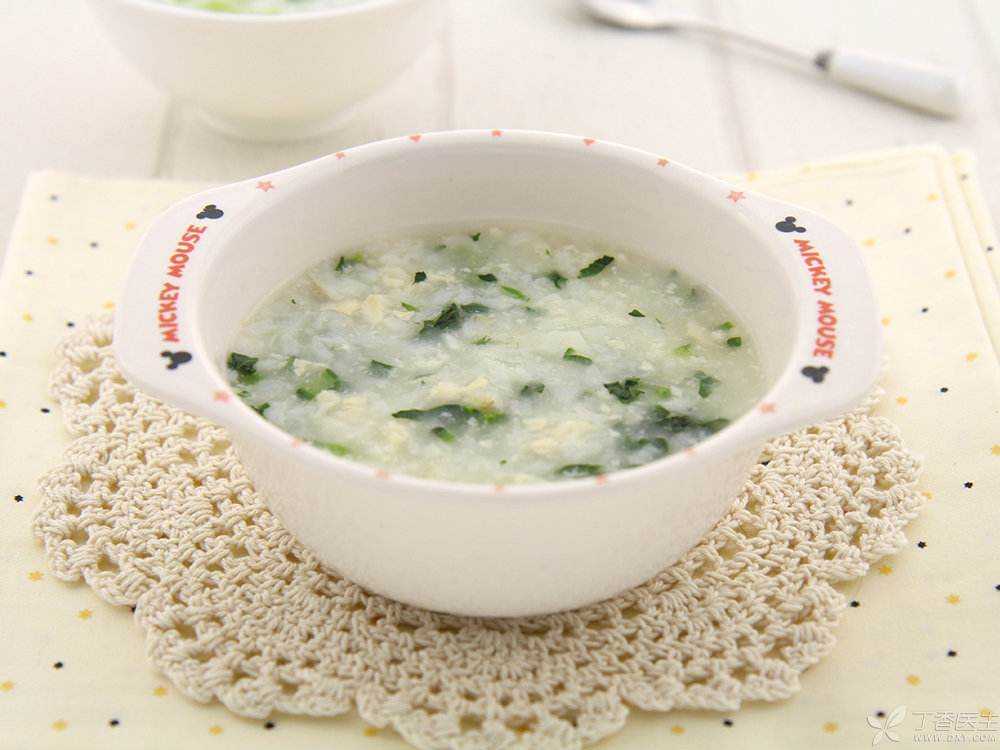
Considering that the baby’s deciduous teeth have not grown well and their chewing ability is relatively poor, parents like to cook the vegetables rotten when making vegetables for their children. For example, to cook porridge for the baby, it is necessary to cook the vegetable leaves quickly.
In fact, the longer vegetables are cooked, the more nutritional losses will be, and the lower the [color value] will be, the less attractive they will be to babies, so do not cook vegetables for too long.
What if the baby can’t chew green leafy vegetables with [tendons] like spinach if they are not cooked for a long time?
For such vegetables, it is recommended that you use the [oil boiling] method: after a small amount of water is boiled, add a small spoon (about 3-5g) of vegetable oil, put the washed vegetables into the cover and boil for 2-3 minutes, then chop or cut them up after taking out of the pan.
This can not only reduce the loss of nutrition, sell well, but also ensure the soft taste and facilitate the baby to chew.
Myth 2: Cut before cooking
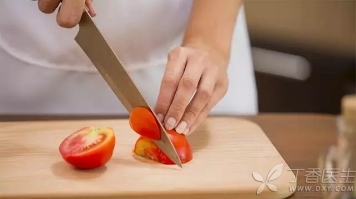
When Baoma makes vegetable puree for their babies, in order to make the vegetables easier to cook, they will cut the vegetables into small pieces before cooking.
Cut into small pieces and cook again, the nutrition in vegetables will be more easily lost.
In order to preserve the nutrition of vegetables as much as possible, it is recommended to cook them first and then cut them into pieces. For example, the western blue flowers can be broken into a few small pieces and cooked first, and then cut them up after they are cooked.
Myth 3: Fried Vegetables with Oil
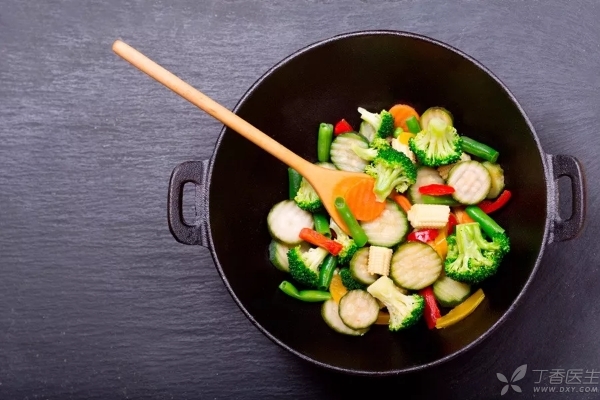
Adults all know how fragrant vegetables are when fried, so they also want to stir-fry their babies. Besides, isn’t carrot better absorbed by frying nutrition with oil?
However, from the perspective of nutrition, it is not recommended for babies to eat stir-fried dishes.
Baby appetite is very small, generally speaking, the mother stir-fry the amount is not much, also won’t put too much oil. The amount of oil is too small, cooking is easy to overheat, resulting in excessive oxidation of fat, stir-fried dishes will have a strong taste. Really want to add some oil to the baby, cooking vegetables when dripping a few drops is ok.
Oil frying will not make carrot nutrition better absorbed, but will make carotene dissolved in oil lose in pots and bowls.
If the baby is matched with breast milk or formula milk when eating carrots, the fat in breast milk and formula milk can completely dissolve carotene without adding additional oil.
The best way to eat carrots is to steam them and cut them into small pieces or strips for the baby to eat. This will not only absorb more nutrition, but also exercise the baby’s grasping ability.
Myth 4: Drink Fruit and Vegetable Juice for Babies
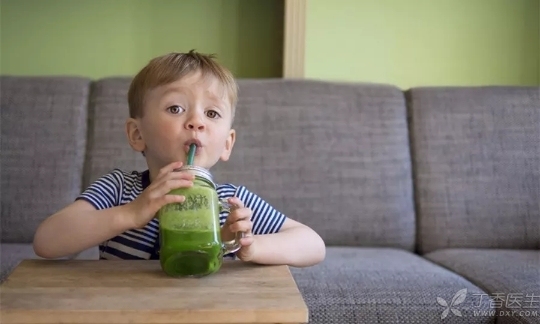
In order to make the baby accept vegetables better, some precious mothers put vegetables and fruits together and squeeze them into fruit and vegetable juice for the baby to drink.
The latest guidelines issued by the American Academy of Pediatrics point out that babies under 1 year old cannot eat fruit juice.
Even if the baby is over one year old, it is not recommended to drink fruit and vegetable juice.
In the process of beating fruit and vegetable juice, vitamins in fruits and vegetables are fully in contact with the air, which is easy to cause oxidation loss. In addition, mixing fruits and vegetables together may also reduce the baby’s acceptance of a single vegetable.
Myth 5: Continue to Eat Vegetables Overnight
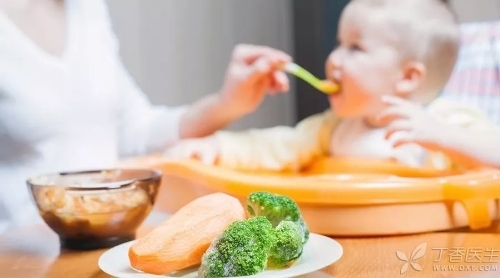
There are two kinds of overnight vegetables: one is leftovers that have been inoculated with bacteria through a family of more than one pair of chopsticks, and the other is vegetables that are immediately packaged and refrigerated after being prepared.
The first kind of leftovers is more easily converted into nitrite due to long contact time with the air, and the content of nitrite will increase. Therefore, both adults and babies should try not to eat it.
As long as the vegetables repackaged in advance are fully heated, there is no need to worry about safety issues, but after secondary heating, it is bound to lose more nutrition. Therefore, it is better to give the baby fresh vegetables.
